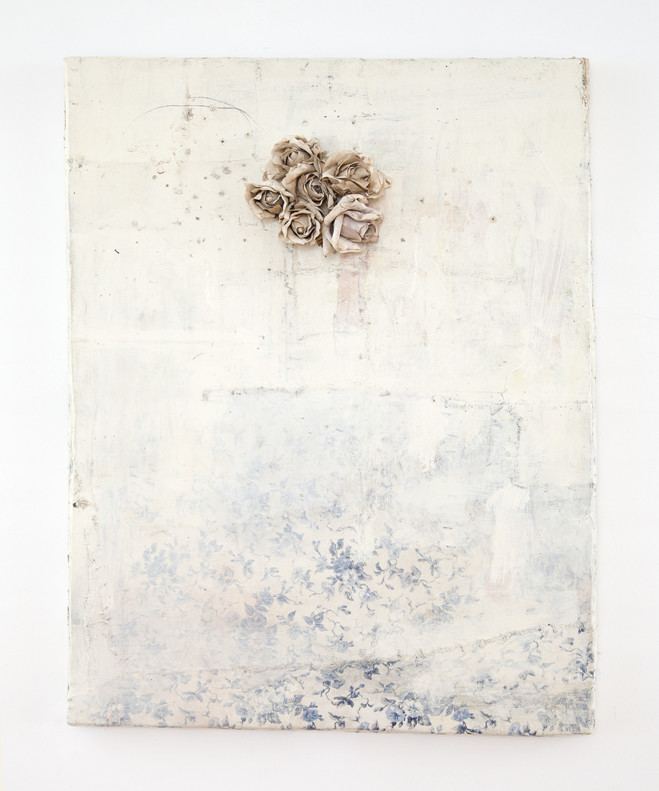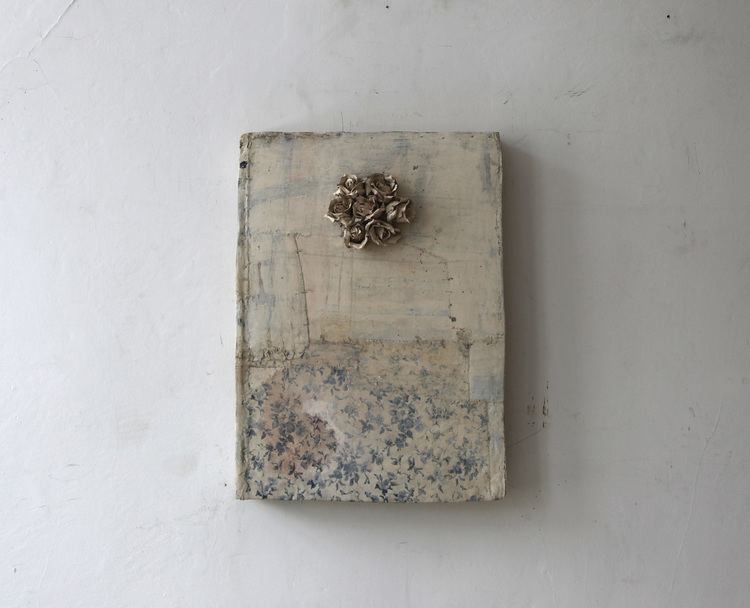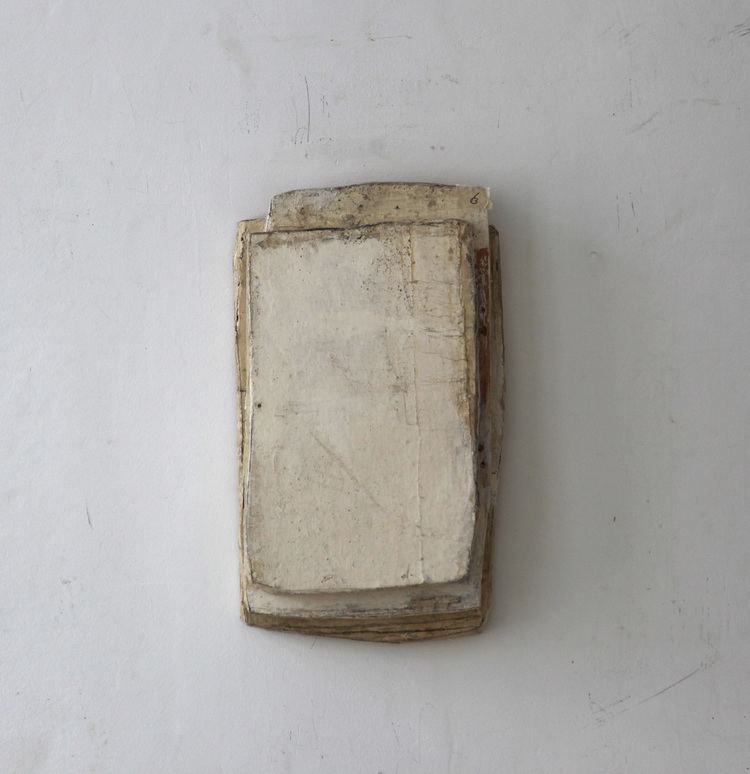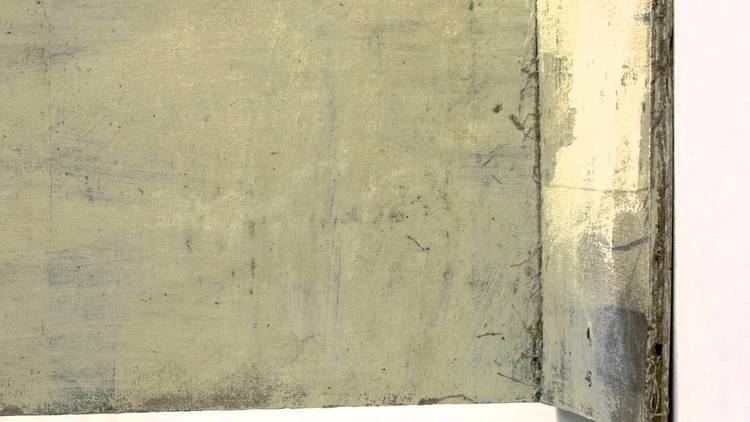Name Lawrence Carroll | ||
 | ||
Education Art Center College of Design Artwork Did You Know Him, Guston, Morandi, I Lost A Friend | ||
Lawrence carroll back to the cave
Lawrence Carroll is an American painter born to George and Mary Carroll (Gaynor) in Melbourne, Australia. He moved to Santa Monica, California, with his parents and older brother Ronald in 1958. In 1960 his family relocated to Newbury Park, a suburb located 45 minutes north of Los Angeles. He attended Newbury Park high school and later worked as a chef to pay for his studies at Moorpark Junior College and then later the Art Center College of Design in Pasadena, where he studied art on a full scholarship. In 1984 Carroll moved to New York City from Los Angeles with his own family. In 1988 he had his first solo exhibition of his paintings in New York City. In 1989 he was invited by Harald Szeemann as one of nine young American artists to participate in Szeemans international exhibition Einleuchten at the Deichtorhallen in Hamburg, Germany, alongside international artists such as Joseph Beuys, Bruce Nauman, Robert Ryman and others. In 1992 he was invited by Jan Hoet to participate in documenta IX in Kassel, Germany. In the early stage of his career Carroll was often invited to participate with the curatorial team Collins and Milazzo in NYC. In 1994 he participated once again with Udo Kittlemann in his exhibition "The state of things" in the Kolnischer Kunstverein in Koln, Germany. Later in 1995 Carroll exhibited in the Guggenheim Museum's exhibition "Material Imagination" in NYC. In 2000 he participated in "Panza, legacy of a collector" at MOCA in Los Angeles. In 2005 he participated in 50 years of documenta, in Kassel, Germany. In 2007 and 2008 he had solo museum exhibitions at Hotel des Arts in Toulon, France, and at the Museo Correr in Venice, Italy. In 2014/15 the Bologna Museum of Modern Art (MAMbo) hosted a large survey exhibition with works from the mid-1980s to the present.
Contents
- Lawrence carroll back to the cave
- Freezing painting lawrence carroll directed by luigi scaglione trailer ita
- Table paintings
- References

Carroll has exhibited widely in Europe and the United States, and is represented in the permanent collections of a number of museums and public galleries, including the Solomon R. Guggenheim Museum in New York City, the Los Angeles County Museum of Art, Los Angeles, Museum of Contemporary Art, Los Angeles (MOCA), The Margulies Collection, Miami, Museum of Contemporary Art San Diego, Jumex Collection Mexico City, MART Rovereto Italy, Panza Collection Varese, Italy, Panza Collection Sassuolo in Modena, Italy, Art Gallery of New south Wales, Sydney Australia. Stadtisches Museum Abteiberg Mönchengladbach Germany, Museo Cantonale d'Arte, Lugano and many other private and public collections worldwide.
Freezing painting lawrence carroll directed by luigi scaglione trailer ita
Table paintings

In the late 1990s Carroll started to explore paintings that would move away from the frame. In 2002 Carroll created an installation in Munich Germany for a project called "getting lost" Raum der Stille, in the Karmelitenkirche (Munich), Promenadeplatz where he included one of his first works that he would later coin the name "table paintings". The table paintings start with the table (structure) which is never predetermined and is made intuitively. After the table is made Carroll then starts to create the structure that grows from the table using pieces of wood from the artist studio. Carroll thinks of the structure as drawing, which can continually be altered and added to or subtracted from (erasure). The form which is connected to the table by screws is often disconnected and moved around until another form appears that interest the artist, and at this point the structure is reconnected to the table. This process goes on for months. Once a form is found the artist often then closes one or more of the forms using newspaper and glue or cardboard. All during this process the structure and the forms are painted. More often than not the work is then completely taken apart and reassembled on the table to begin again until a form (gesture) is found that could have never been predicted. Due to this lengthy process few of these table paintings ever reach completion.

